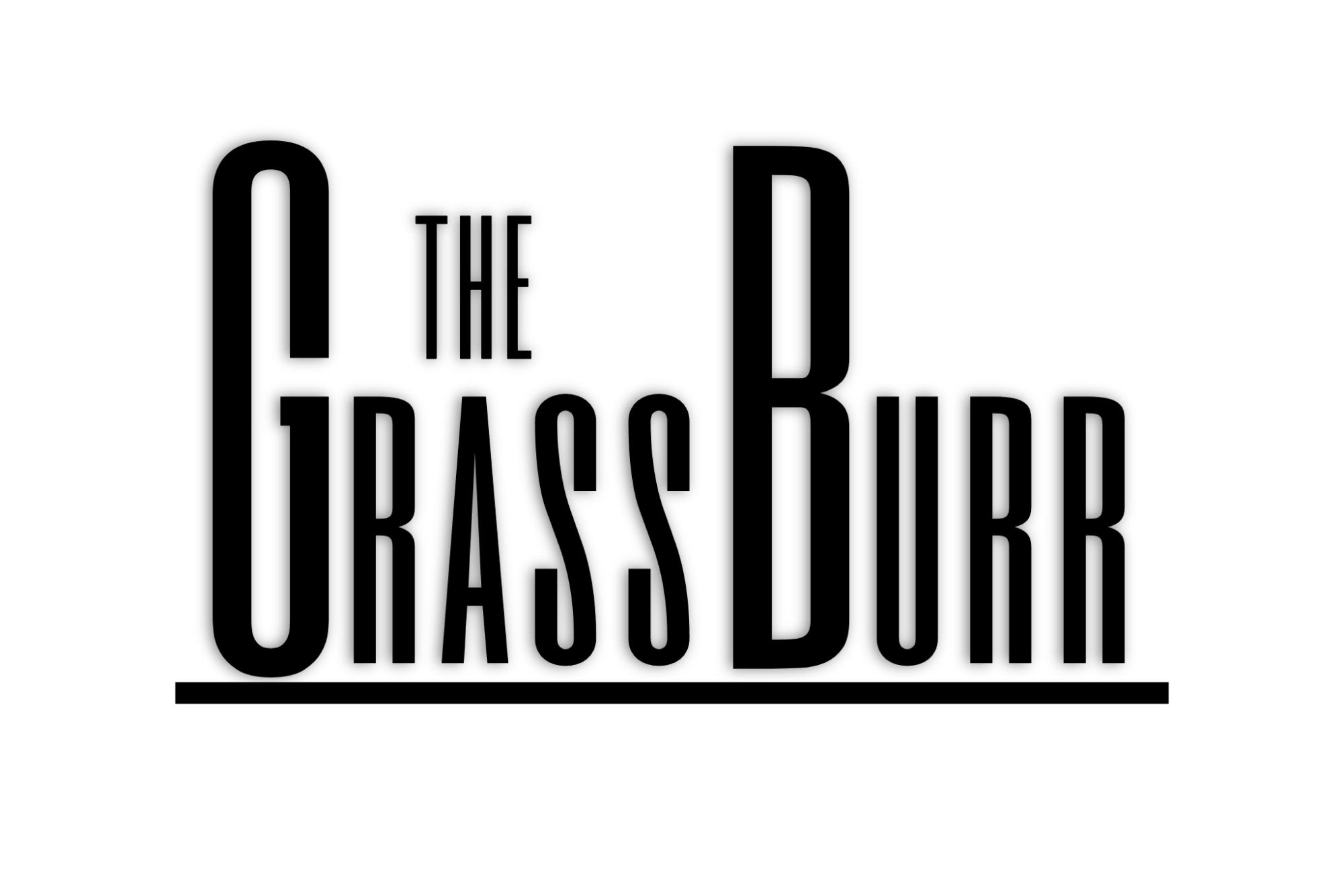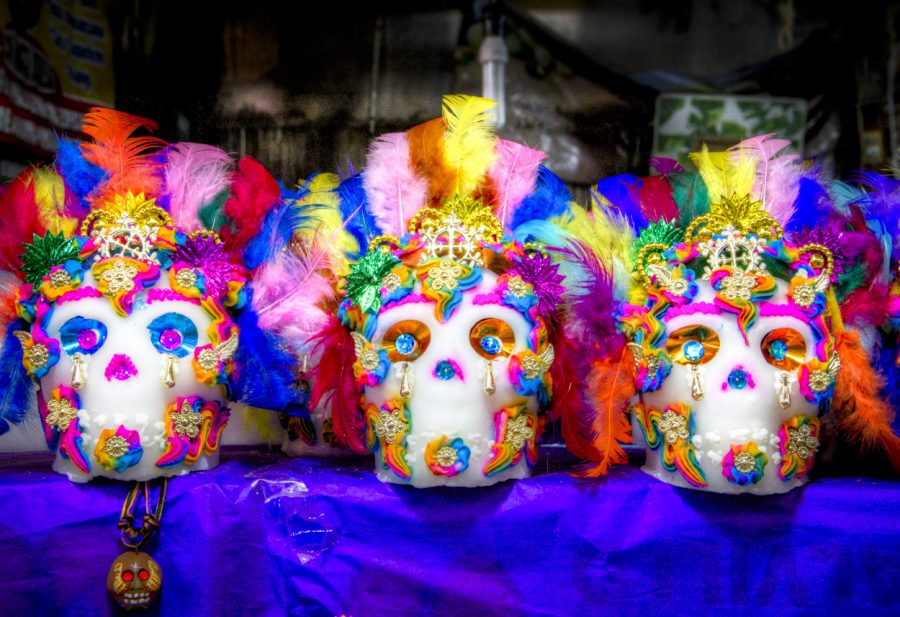ORIGINS OF El dia de los Muertos
El dia de los muertos (Day of the Dead) is a celebration of both life and death. Historically a fusion of Judeo-Christian ideologies combined with the indigenous-American vision of the afterlife. A few examples of pre-Columbian cultures that honored their departed loved ones include the Aztecs, Toltecs, Zapotecas, Purepechas, all of Mexico, the Yucatan Peninsula and parts of Central America. When the Catholic Father’s arrived in the New World in the 16th century, their mission to spread Christianity among the Meso-American Natives eventually had to succumb to the idea of having to adopt native traditions into their newly acquired empire.
In the eye’s of the Aztecs, the arrival of Spanish conquistador, Hernan Cortes, was the personification of the Aztec-God, Quetzalcoah. The Spaniards quick victory over the Aztecs secured his status as a god. Many indigenous beliefs, like El Dia de los Muertos, however suppressed by the Church, grew slowly and incessantly through the cracks within the foundation of the church.
Life and Death
In the eye’s of the indigenous, both life and death are mere aspects of a common duplexity for an everlasting existence. Life and its ultimate fate, death are both part of the eternal, rhythmic cycles of nature and are consequently intertwined in an inseparable co-existence. On Day of the dead, those relatives who are left behind in the physical world return to the graveyard to visit their loved ones and friends.
Nov. 1 in Mexico is considered, All Saint’s Day, for those children who passed on to the celestial providence of the afterlife from 12 years of age or younger. Children aged 12 and younger are associated with having pure, angelic innocence for departing the earth at such a young age; before their corruption caused by the tragedies of growing up. Nov. 1 is for spirits beyond the age of 12, for they existed up into adulthood and possibly old-age.
Traditions
In Mexico today, the construction of altars, making ofrendas (offerings) to the dead, using Mexican marigolds, and the creation of sugar skulls all embed the traditional Mesoamerican atmosphere for the celebration of El Dia de los Muertos.
- The construction of altars is perhaps the principal custom of this long standing celebration. Decorated in vibrant colors piled with offerings such as candles, flowers, and personal possessions, families select a variety of offerings which encourage the deceased to return home and hear the prayers of their loved ones.These altars are substantially more personal affairs that are built in the comfort of one’s home.
- During the 12th century, when the Aztecs arrived in Mexico, where they built their majestic, floating gardens at Tenochtitlan (present-day Mexico City), they found scattered throughout the valley were marigold flowers. The Aztecs associated these sun-kissed flowers with death itself. Possibly, the strong aromatic scent of these flowers attracted those deceased souls who dwelt in the hereafter.
- Sugar skull candies are the most notorious globally recognized decoration for El Dia de los Muertos. They can either be bought, or made by families to add to their altars.


